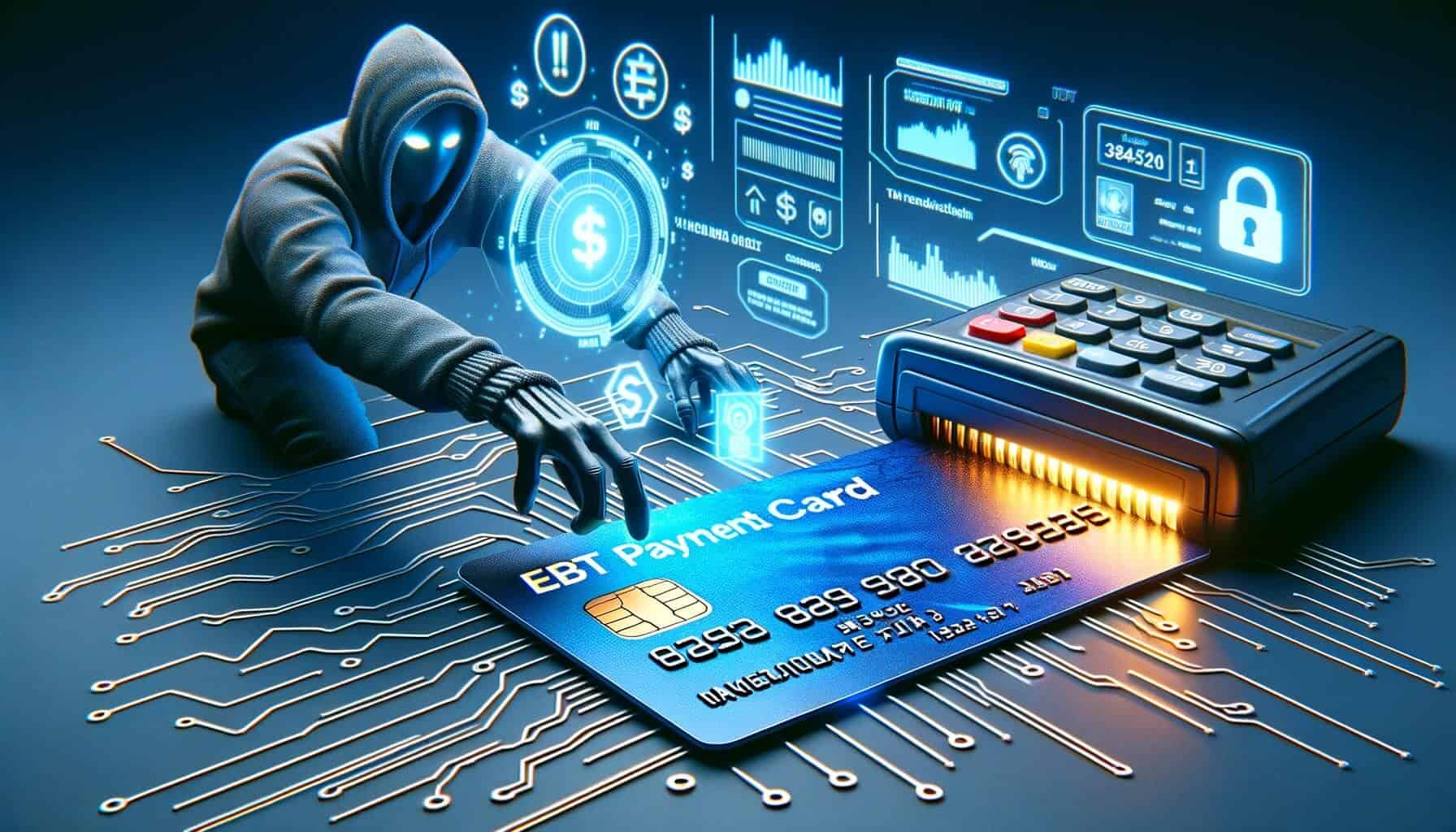
By Sharon Watson February 22, 2025
In today’s digital age, financial fraud has become increasingly sophisticated, targeting various payment methods and systems. One such method is EBT card skimming, which poses a significant threat to individuals relying on Electronic Benefit Transfer (EBT) cards for their essential needs. EBT card skimming involves the unauthorized collection of cardholder information, leading to potential financial loss and identity theft.
This comprehensive article aims to shed light on the concept of EBT card skimming, its working mechanism, signs and indicators, consequences, preventive measures, reporting incidents, and frequently asked questions.
Understanding EBT Cards and Their Purpose
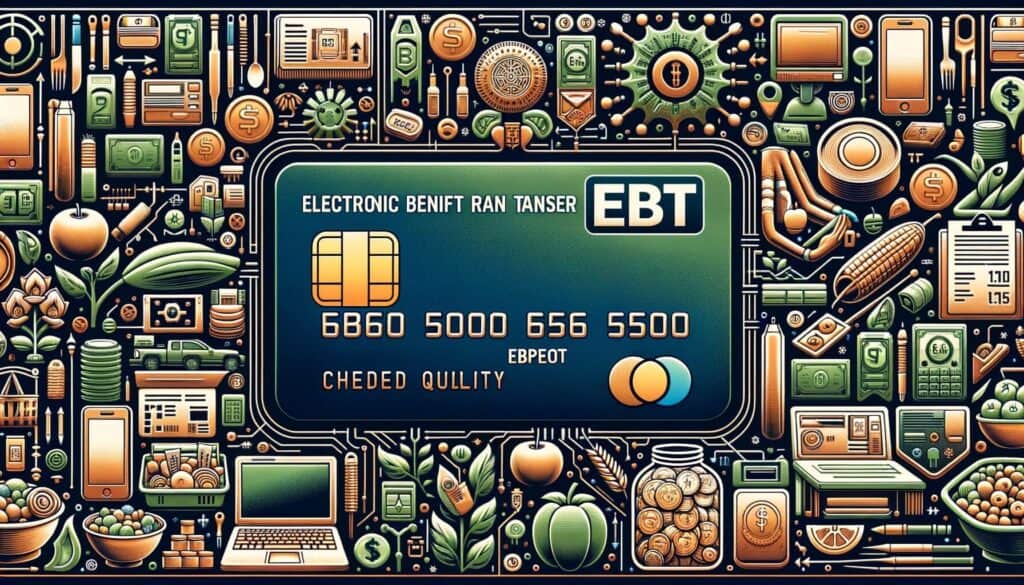
EBT cards, also known as SNAP cards or food stamp cards, are issued by state governments to eligible individuals and families to provide them with access to government assistance programs. These cards are designed to replace traditional paper food stamps and allow recipients to purchase eligible food items from authorized retailers. EBT cards are loaded with funds on a monthly basis, providing a means for low-income households to obtain essential groceries and other necessities.
What is EBT Card Skimming?
EBT card skimming refers to the illegal practice of obtaining cardholder information from EBT cards through unauthorized means. Skimmers, often equipped with sophisticated technology, target EBT cardholders at authorized retailers or other locations where EBT transactions occur. By capturing the card’s magnetic stripe data or recording the cardholder’s PIN, skimmers can gain access to sensitive information, enabling them to commit fraudulent activities.
How EBT Card Skimming Works
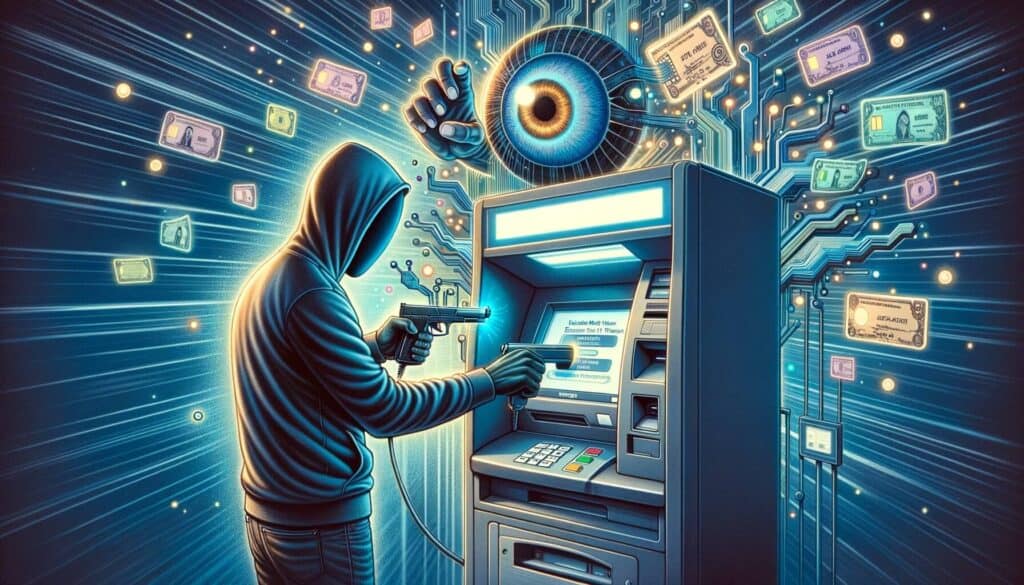
EBT card skimming typically involves the use of skimming devices, which are designed to capture cardholder information without arousing suspicion. Skimmers can be physical devices attached to card readers or virtual tools that exploit vulnerabilities in the EBT system. Here is a step-by-step breakdown of how EBT card skimming works:
1. Target Identification: Skimmers identify locations where EBT transactions are commonly conducted, such as grocery stores, farmers’ markets, or ATMs.
2. Skimmer Installation: Skimmers install physical devices, such as card readers or keypad overlays, at these locations. These devices are often designed to blend seamlessly with the legitimate equipment, making them difficult to detect.
3. Data Collection: When an EBT cardholder inserts their card or enters their PIN, the skimming device captures the card’s magnetic stripe data or records the PIN. This information is then stored or transmitted to the skimmer for later use.
4. Data Retrieval: Skimmers retrieve the collected data either by physically accessing the skimming device or remotely through wireless technology. They may use Bluetooth or other wireless communication methods to download the stolen information.
5. Fraudulent Activities: Armed with the stolen cardholder information, skimmers can engage in various fraudulent activities, including unauthorized purchases, identity theft, or selling the data on the black market.
Signs and Indicators of EBT Card Skimming
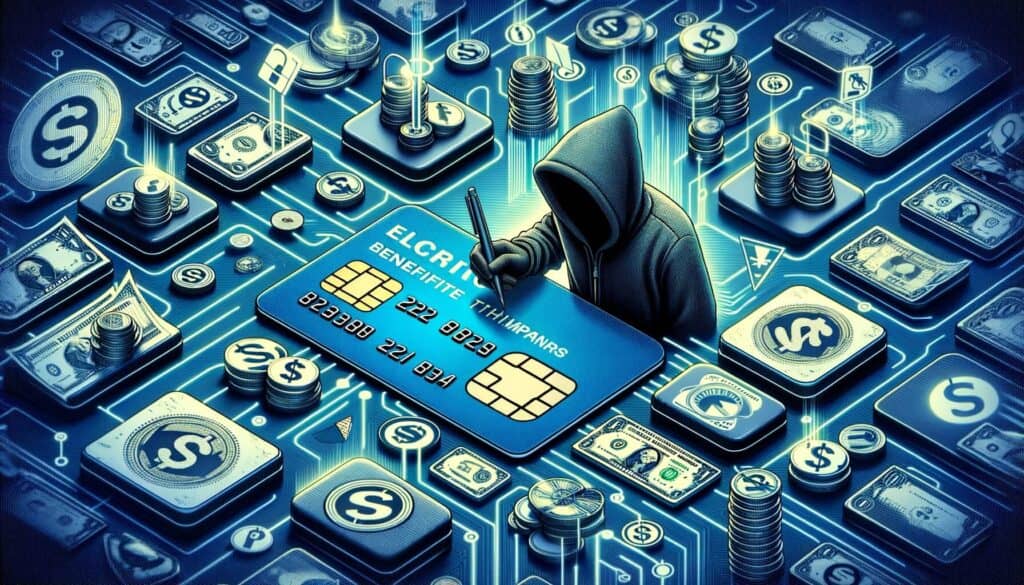
Detecting EBT card skimming can be challenging, as skimmers are becoming increasingly sophisticated in their methods. However, there are several signs and indicators that individuals can look out for to protect themselves from falling victim to this type of fraud. Some common signs include:
1. Loose or Misaligned Card Readers: Skimmers often attach physical devices over legitimate card readers, causing them to appear loose or misaligned. If a card reader looks suspicious or does not fit properly, it may be a sign of skimming.
2. Tampered Keypads: Skimmers may overlay keypads with fake keypads that record PINs as they are entered. If the keypad feels different or looks suspicious, it is advisable to avoid using it.
3. Unusual Bluetooth Signals: Skimmers may use Bluetooth technology to remotely collect stolen data. If your smartphone detects unfamiliar or suspicious Bluetooth signals when near a card reader, it could indicate the presence of a skimming device.
4. Unexpected Account Activity: Regularly monitoring your EBT card account for any unauthorized transactions or unusual activity is crucial. If you notice unfamiliar charges or withdrawals, it may be a sign that your card has been skimmed.
5. Missing or Altered Security Seals: Authorized retailers often have security seals or stickers on their card readers to indicate that they have not been tampered with. If these seals are missing, broken, or appear altered, it could be a red flag.
Consequences and Impact of EBT Card Skimming
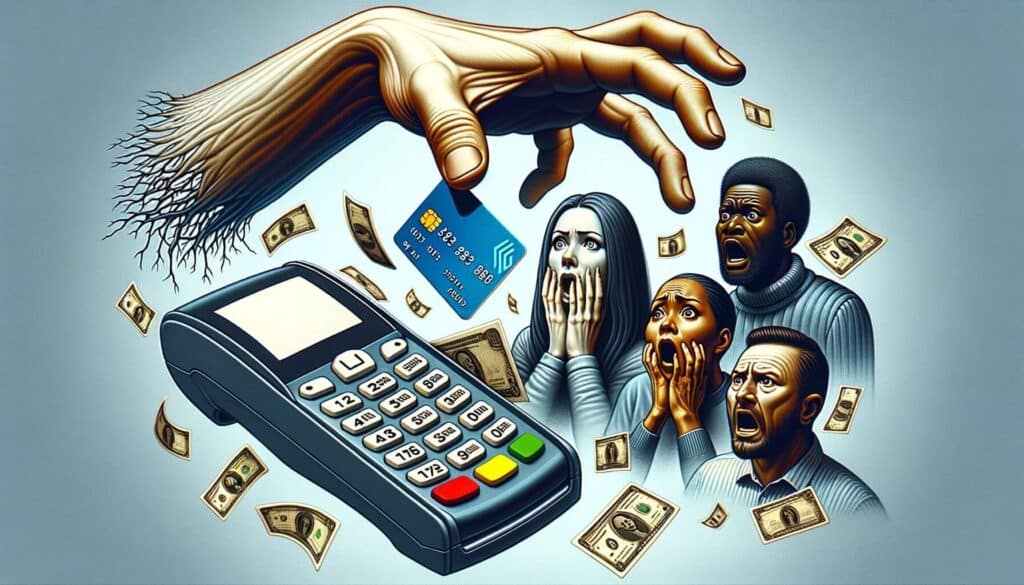
EBT card skimming can have severe consequences for individuals and families relying on government assistance programs. The impact of EBT card skimming extends beyond financial loss and can result in long-term repercussions. Some of the consequences and impacts of EBT card skimming include:
1. Financial Loss: Skimmers can drain funds from EBT card accounts, leaving individuals and families without the means to purchase essential items. This loss can have a significant impact on their overall well-being and ability to meet basic needs.
2. Identity Theft: Skimmers who obtain cardholder information can use it to commit identity theft. This can lead to fraudulent credit card applications, unauthorized loans, or even criminal activities carried out in the victim’s name.
3. Emotional Distress: Falling victim to EBT card skimming can cause emotional distress, anxiety, and a sense of violation. The loss of financial stability and the fear of further fraudulent activities can take a toll on individuals and families.
4. Disruption of Services: When EBT cardholders discover fraudulent activity on their accounts, they must go through the process of reporting the incident, freezing their accounts, and potentially waiting for new cards to be issued. This disruption can further exacerbate the challenges faced by low-income households.
5. Trust and Confidence Erosion: EBT card skimming incidents can erode public trust and confidence in government assistance programs. If individuals feel that their personal information is not adequately protected, they may be hesitant to participate in these programs, leading to a decrease in overall program effectiveness.
Preventive Measures to Protect Against EBT Card Skimming
While EBT card skimming poses a significant threat, there are preventive measures individuals can take to protect themselves from falling victim to this type of fraud. By implementing these measures, individuals can reduce the risk of their card information being compromised. Here are some preventive measures to consider:
1. Stay Vigilant: Be aware of your surroundings when conducting EBT transactions. Look for any signs of tampering or suspicious devices attached to card readers or ATMs.
2. Use Trusted Retailers: Whenever possible, conduct EBT transactions at authorized retailers or established businesses. These locations are more likely to have security measures in place to prevent skimming.
3. Cover Your PIN: When entering your PIN at a card reader or ATM, shield the keypad with your hand or body to prevent anyone from observing or recording your PIN.
4. Regularly Check Account Activity: Monitor your EBT card account regularly for any unauthorized transactions or unusual activity. Report any suspicious charges or withdrawals immediately to your EBT card provider.
5. Be Cautious of Unsolicited Assistance: Be wary of individuals offering unsolicited assistance at card readers or ATMs. Skimmers may pose as helpful individuals to gain access to your card or PIN.
6. Update Software and Security Measures: Keep your smartphone, computer, and other devices up to date with the latest security patches and antivirus software. This can help protect against virtual skimming methods.
7. Educate Yourself: Stay informed about the latest skimming techniques and trends. By educating yourself about EBT card skimming, you can better recognize potential threats and take appropriate action.
Reporting EBT Card Skimming Incidents
If you suspect that your EBT card has been skimmed or you have fallen victim to EBT card skimming, it is crucial to report the incident promptly. Reporting not only helps protect your own interests but also assists in preventing further fraudulent activities. Here are the steps to follow when reporting EBT card skimming incidents:
1. Contact Your EBT Card Provider: Notify your EBT card provider immediately to report the incident. They will guide you through the necessary steps to protect your account and investigate the skimming incident.
2. File a Police Report: Contact your local law enforcement agency to file a police report. Provide them with all relevant details, including the location of the incident, any suspicious individuals or devices, and any evidence you may have.
3. Report to the Federal Trade Commission (FTC): File a complaint with the FTC through their website or by calling their toll-free number. The FTC collects information on fraudulent activities and shares it with law enforcement agencies to aid in investigations.
4. Inform the Retailer: If the skimming incident occurred at a specific retailer, inform the store management or security personnel. They may have surveillance footage or other evidence that can assist in identifying the skimmer.
5. Monitor Your Credit: Keep a close eye on your credit reports and consider placing a fraud alert or credit freeze on your accounts. This can help prevent further fraudulent activities and protect your credit history.
Frequently Asked Questions (FAQs) about EBT Card Skimming
Q1. Can EBT card skimming occur at any retailer?
A1. EBT card skimming can occur at any location where EBT transactions are conducted, including authorized retailers, farmers’ markets, and ATMs. However, skimmers often target locations with less security or surveillance measures in place.
Q2. Can virtual skimming methods compromise EBT card information?
A2. Yes, virtual skimming methods can compromise EBT card information. Skimmers can exploit vulnerabilities in the EBT system or use malware to capture cardholder data during online transactions.
Q3. How can I differentiate between a legitimate card reader and a skimming device?
A3. Legitimate card readers typically have security seals or stickers intact, fit securely, and do not appear loose or misaligned. If you suspect a card reader may be compromised, it is best to avoid using it and report your concerns to the retailer or EBT card provider.
Q4. Can EBT card skimming lead to identity theft?
A4. Yes, EBT card skimming can lead to identity theft. Skimmers who obtain cardholder information can use it to apply for credit cards, loans, or engage in other fraudulent activities using the victim’s identity.
Q5. Are there any legal consequences for EBT card skimmers?
A5. EBT card skimming is a criminal offense and can result in legal consequences for the perpetrators. Depending on the jurisdiction, penalties may include fines, imprisonment, or both.
Conclusion
EBT card skimming poses a significant threat to individuals and families relying on government assistance programs. Understanding the concept of EBT card skimming, its working mechanism, signs and indicators, consequences, preventive measures, and reporting incidents is crucial for protecting oneself from falling victim to this type of fraud.
By staying vigilant, using trusted retailers, monitoring account activity, and promptly reporting any suspicious incidents, individuals can reduce the risk of their EBT card information being compromised. It is essential for both cardholders and authorities to work together to combat EBT card skimming and ensure the security of government assistance programs.